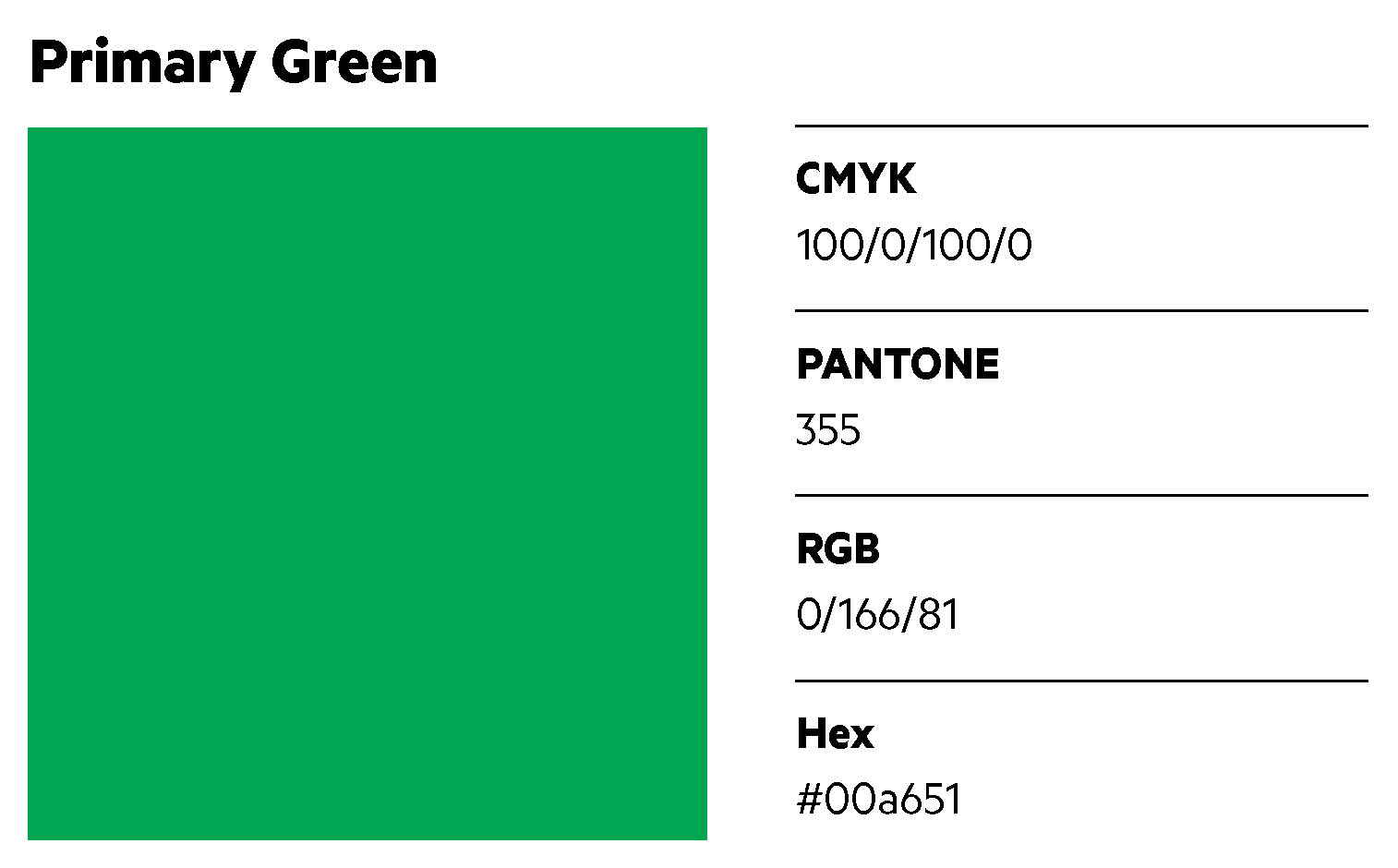In recent months, we have noticed a trend in RFPs that warrants some consideration. These calls for proposals, detailing how a vendor would approach and perform a certain job, increasingly are requiring applicants to practice in the exact field as that of the prospective client.
On the surface, this makes sense; if I ding the fender of my car and want to have it repaired, I’m going to get an estimate from a body shop, not a plastic surgeon, right? So, of course, companies needing graphic design services would want to work with providers who have experience with their specific industry…wouldn’t they? Not necessarily.
We suggest that it’s more important to engage a firm that demonstrates the skills you need and a proven track record of successful outcomes. They should be expert communicators, not specialists in your particular discipline. A good design studio will ask the right questions of you to understand what you want to accomplish, who your target audience is, and how best to resonate with that audience. No matter how frequently a vendor has worked with “other companies in your field,” there are no organizations exactly the same as yours; there will always be details about your business, your audience, or your members that only you know through your personal experience. The best design firms will do their homework; they will know how to communicate with and listen to you to gather the information they need to complete your project successfully. These qualities—along with exceptional customer service, diligent project management, and thoughtful attention to detail—are greater assets to your project than being an expert in your industry; after all, the industry expert is you, and if that credential was the key to creating your next annual report or conceiving your next conference, you wouldn’t be hiring a design studio.
So, should you be casting a broader net when you send your RFP? The phrase, “thinking outside of the box” may be overused, but it’s certainly true that approaching a problem from a different angle can make all the difference. A fresh perspective can lead to imaginative solutions to projects that have languished or problems that have persisted over time. You actually could be limiting your options for achieving a positive outcome by focusing solely on design firms operating in your niche market. By widening your search beyond your industry, you may find more creative thinking and unique solutions tailored to you—and not to all those other organizations “just like” yours.
Forge a true, creative partnership. Get in touch with Dever Designs to start the conversation.





